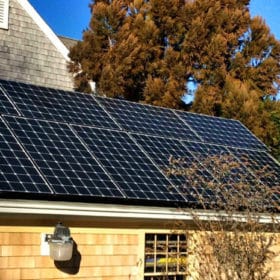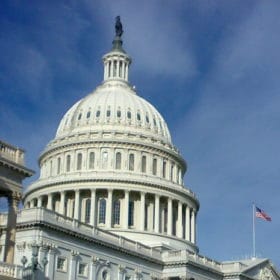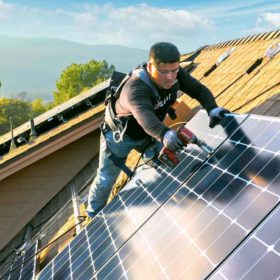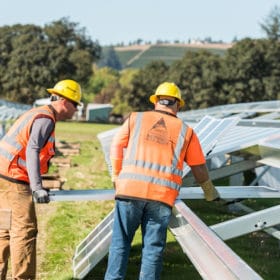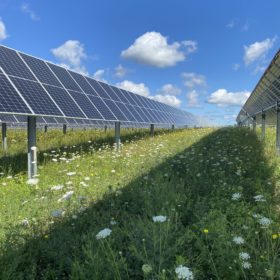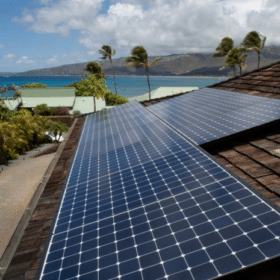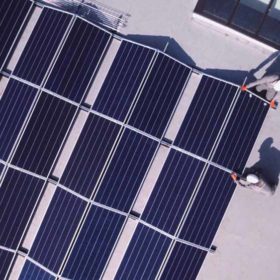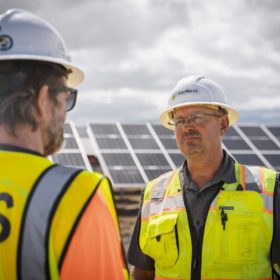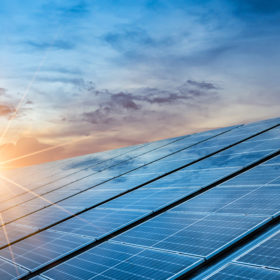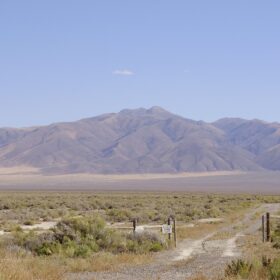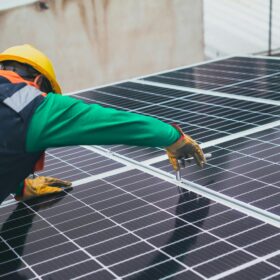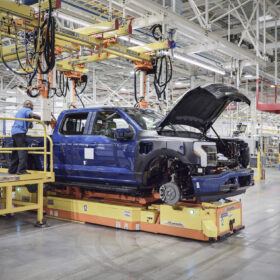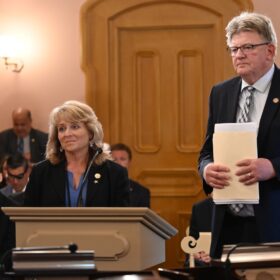Massachusetts Governor signs major climate bill
Clean energy act relaxes net metering caps, incentivizes pollinator-friendly solar, and pushes grid modernization.
Sunrise brief: US Congress passes landmark Inflation Reduction Act
Also on the rise: What’s in the Inflation Reduction Act for the solar industry? FlexGen launches modular C&I battery. And more.
What’s in the Inflation Reduction Act for the solar industry?
A high-level, cursory summary of the IRA 2022 is focused on the details pertaining to solar power professionals.
US Congress passes landmark Inflation Reduction Act
Passage of the act sets US solar industry on a new trajectory—increases Made in the USA manufacturing, boosts solar and battery recycling, incentives electric vehicles, and more
Sol Systems develops bifacial, single-axis tracking solar project with pollinator habitat
Monroe County Water Authority recently flipped the switch on the 5 MW ground-mounted solar array in Penfield, New York.
Sunrise brief: Designing for 100% renewables with real-time retail pricing could yield benefits of 9% or more
Also on the rise: Catalyzing solar in the US: a manufacturer’s perspective. FranklinWH announces additional financing for its home energy storage solution. And more.
Designing for 100% renewables with real-time retail pricing could yield benefits of 9% or more
Including real-time pricing of retail electricity in the design of a high-renewables system would “markedly” lower the system’s cost, researchers found, in an analysis for the island of Oahu, Hawaii. For continent-scale systems as well, they said the resulting demand-side flexibility is likely substantial.
Catalyzing solar in the US: a manufacturer’s perspective
The Inflation Reduction Act, if signed into law, will provide important incentives that we expect will catalyze significant investment in US solar manufacturing, facilitate the creation of a stable domestic solar supply chain, and allow the US to aggressively pursue the decarbonization of its economy with less reliance on imported solar products.
Waikoloa solar + storage project will contribute to more than 7% of island’s electricity needs
BayWa r.e. will construct the solar-plus-storage facility on the Big Island of Hawaii, which will feature tracker-based bifacial solar modules and a lithium-ion battery system.
Sunrise brief: Solar industry responds to Senate passage of Inflation Reduction Act of 2022
Also on the rise: Ampt lawsuit asks that SolarEdge remove inverters and controllers from market. North Carolinians would save $18 billion through 2050 with high-renewables carbon plan. And more.
